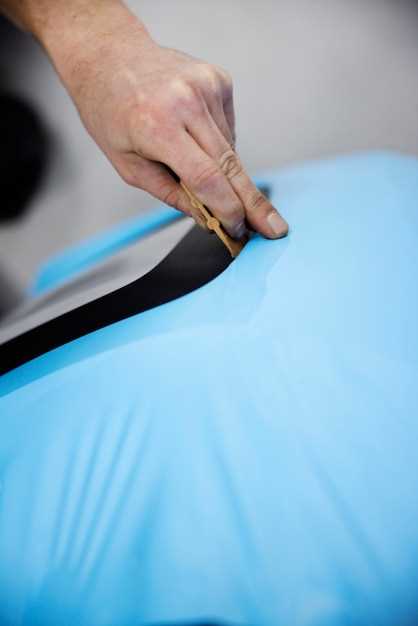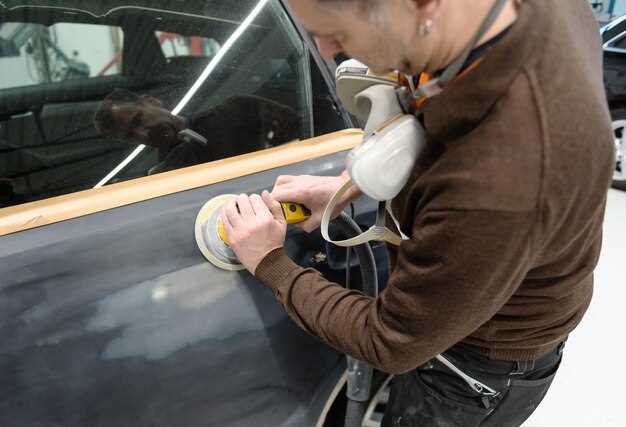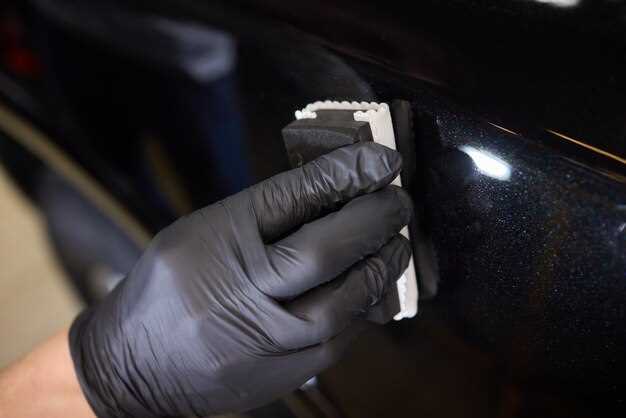
Maintaining the pristine appearance of your vehicle is essential for both aesthetics and resale value. However, minor scratches and scuffs are often an inevitable part of car ownership. Fortunately, the removal of these imperfections doesn’t have to be a daunting task. With the right techniques and tools, you can restore your car’s paint to its original condition.
Understanding the different types of scratches is crucial for effective removal. Surface scratches that only affect the clear coat are typically easier to fix and often require less aggressive methods. On the other hand, deeper scratches that penetrate the paint layers may need more intensive treatment. This article will guide you through various strategies to address scratches effectively, ensuring that you have the knowledge to keep your car looking its best.
From DIY solutions using common household items to professional-grade products available in stores, there are numerous options for removing scratches from car paint. By following these guidelines, you can save time and money while taking pride in the upkeep of your vehicle. Let’s dive into the best methods for scratch removal that will help you reclaim the shine of your car.
Choosing the Right Scratch Removal Product

When it comes to restoring your vehicle’s exterior, selecting the correct scratch removal product is crucial. The extensive range of options available can be overwhelming, but understanding their composition and purpose can simplify your choice.
Types of Scratch Removal Products fall into categories based on severity and method of application. For minor surface scratches, polishing compounds are effective. These products contain abrasives that gently buff away the scratch, blending it with the surrounding paint. They are ideal for light imperfections and can often be applied by hand.
For deeper scratches that penetrate the clear coat, scratch fillers or touch-up paints may be necessary. Scratch fillers work by filling in the damage, while touch-up paints match your car’s original color, allowing for a more seamless repair. Always ensure you choose a product that matches your vehicle’s paint code.
Additionally, consider the application method. Some products require special tools, such as buffers or polishing pads, while others can be applied with a simple cloth. Evaluate your comfort level with these tools when making a decision.
Lastly, read reviews and seek recommendations to gauge the effectiveness of each product. A product with proven results will significantly enhance your car’s appearance by restoring its paint to its original luster.
Step-by-Step Guide to Buffing Out Scratches
Buffing out scratches involves a systematic approach to effectively restore the car’s paint surface. Follow these steps for optimal results.
Step 1: Gather Your Supplies – Before you begin, ensure you have the necessary tools. You will need a clean microfiber cloth, a polishing compound specifically designed for paint scratch removal, a dual-action polisher or a manual buffer, and some paint sealant for the finishing touch.
Step 2: Clean the Area – Thoroughly wash the scratched area of the car with soap and water to remove dirt and debris. Dry it completely with a microfiber cloth to prevent any particles from causing further damage during the buffing process.
Step 3: Assess the Scratch – Inspect the scratch to determine its depth. If it has not penetrated through the clear coat, buffing will be effective. If the scratch is deep and affects the paint layer, consider consulting a professional for proper removal.
Step 4: Apply the Polishing Compound – Squeeze a small amount of polishing compound onto your microfiber cloth or directly onto the buffer pad. Use a liberal amount but avoid soaking the area to prevent excessive residue.
Step 5: Buff the Scratch – If using a dual-action polisher, set it to a low-speed setting. Begin buffing the scratch in a circular motion, applying light pressure. Maintain consistent movement to avoid damaging the paint. If buffing manually, use the microfiber cloth and apply the same circular motion technique.
Step 6: Wipe Off Excess Compound – Once the scratch appears diminished, wipe away the excess polishing compound with a clean microfiber cloth. This step reveals the true condition of the paint and allows you to assess the effectiveness of the removal process.
Step 7: Repeat if Necessary – For deeper scratches, you may need to repeat the buffing process. Apply more polishing compound as needed and continue buffing until the scratch fades adequately.
Step 8: Seal the Paint – After successfully buffing out the scratch, apply a paint sealant to protect the area. This step not only enhances the shine but also creates a barrier against future damage.
By carefully following these steps, you can effectively remove scratches from your car’s paint and restore its appearance with minimal effort.
When to Seek Professional Help for Deep Scratches

Determining when to seek professional help for deep scratches in your car’s paint is crucial for maintaining your vehicle’s appearance and value. While minor scratches can often be handled with DIY methods, deep scratches usually penetrate the clear coat and may reach the base layer of paint, requiring more specialized attention.
Assess the Depth of the Scratch: If you can feel the scratch with your fingernail or if it exposes the metal beneath the paint, it is considered a deep scratch. Such damage is likely beyond the repair capability of standard touch-up paint or scratch removal products, making professional intervention necessary.
Evaluate the Risk of Rust: Deep scratches can expose the underlying metal to moisture and contaminants, leading to rust formation. If you notice any signs of corrosion, it is essential to contact a professional immediately to prevent further damage. Maintaining the integrity of the paint protects your vehicle’s longevity.
Consider Color Matching and Blending: Professionals have the expertise and tools to match your vehicle’s paint color accurately. Attempting to repair deep scratches yourself can result in a mismatched appearance, which may degrade your car’s overall aesthetics. A technician can ensure a seamless repair that blends well with the original paint.
Complex Repairs and Advanced Techniques: For deep scratches that are part of larger areas of damage or require repair of multiple layers of paint, a professional’s approach is often necessary. Techniques such as paintless dent repair or advanced polishing may be required to restore the surface to its original condition.
In summary, if you encounter deep scratches that compromise your car’s paint and structure, seeking professional help is the best option. Their expertise ensures that the repair will not only restore your car’s appearance but also extend its lifespan and maintain its value.



